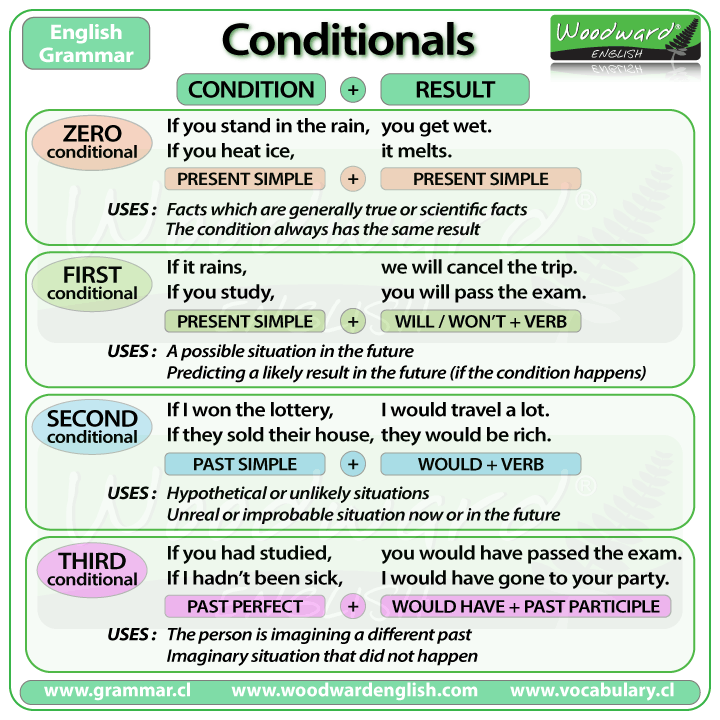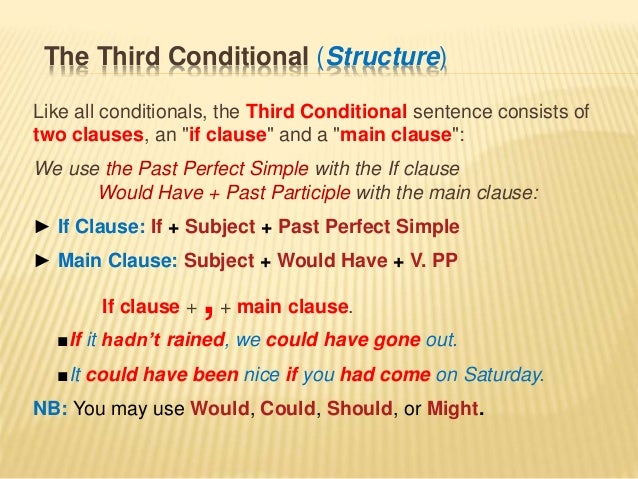Use of Passive
Passive voice is used when the focus is on the action. It is not important or not known, however, who or what is performing the action
Present Passive
Am is are + Past Participle (+ by + noun)
Past Passive
Was Were + Past Participle (+ by + noun)
Personal and Impersonal Passive
Personal Passive simply means that the object of the active sentence becomes the subject of the passive sentence. So every verb that needs an object (transitive verb) can form a personal passive.
Example: They played a piano. – Played a piano.
Impersonal Passive: Verbs without an verb normally cannot form a personal passive sentence. If you want to use an intransitive verb in passive object intransitive voice, you need an impersonal construction
Example: he says – it is said
You can practice in the follow link:
http://www.englisch-hilfen.de/en/exercises_list/passiv.htm







